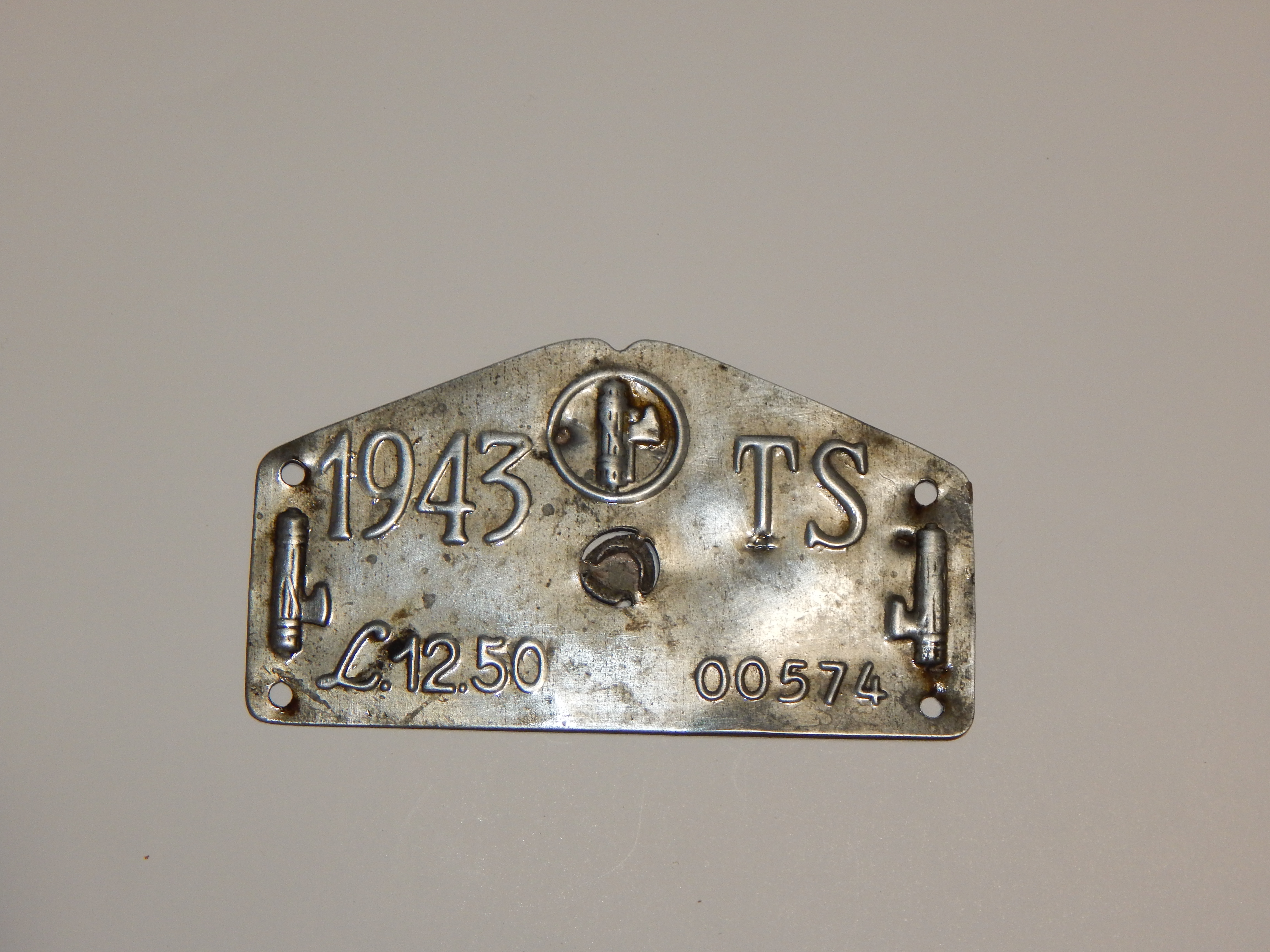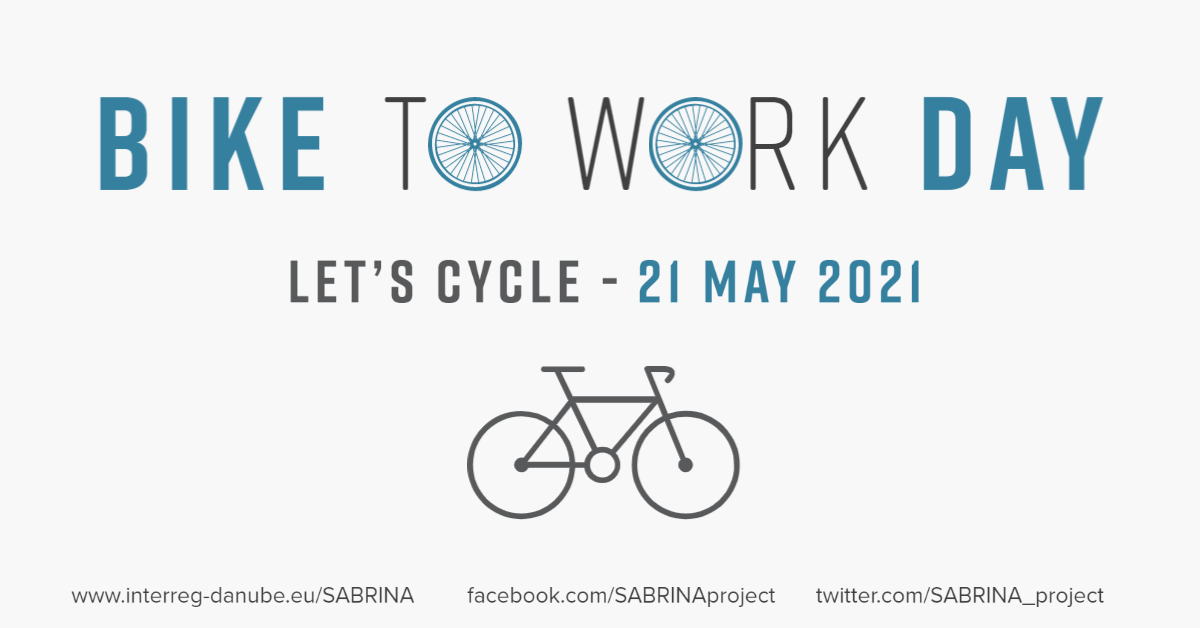SABRINA - BIKING TO WORK HAS MANY BENEFITS
03-06-2021
The third Friday in May is dedicated to Bike to Work Day. In the past year, the concept of the workplace has changed and many of us are working from our home offices. If that is the case also for you, today is still a perfect day to go out for a bike ride - to pick up groceries, to visit friends, or just because you want to enjoy some fresh air. Every reason is a good reason to hop on your bike. Let’s celebrate Bike To Work Day 2021!
Back in the days …
Bike to Work Day has a long tradition. It started in 1956 by the League of American Bicyclists to promote the health benefits of cycling to work. This annual event takes place in many different locations in Europe, Canada, the United States, and Asia. In some places, Bike to Work Day is part of the Bike to Work Week and even Bike Month.
The role of the bicycle in society has been changing throughout history. Adam Stones pointed out in his 2019 TEDx talk, for him the sound of a bicycle bell is the sound of progress and the future (listen to his TEDx talk ‘How cycling transforms people and places’ here). Hearing the bicycle bells early in the morning when people go to work is nowadays something usual in places like Amsterdam or Copenhagen. Active mobility is encouraged in many places worldwide, and urban cycling often finds its place on the conferences’ agendas. Even more so in the last year since biking for sure gained popularity during the Covid-19 pandemic.
However, a bicycle was an important mode of transportation and an infallible companion for work purposes in the rural areas already in the past. The bicycle has played an important role in the lives of the peasant women in Slovenia. It was one of their main means of transport when commuting from the Primorska region (western part of Slovenia) to the port cities of Trieste (Italy) and Rijeka (Croatia) to sell food from the countryside between the two World Wars when Primorska was part of the Kingdom of Italy. Their workday started early in the morning. Those who had the option used public transportation such as trains or trams. Some women used donkeys and those who loaded the food into carts and pushed them in front of themselves. Some, especially those from the immediate vicinity of port cities, opted for bicycles. The bicycle had two bigger trunks on the sides of the rear wheel and a smaller one on the front. Smaller milk jugs or cloth bags were often hung on handlebars as well. The bicycles had to be equipped with a special registration ring, which they bought annually at the municipal headquarters. That was the proof the tax on the bicycle had been paid.


Milena Stopar from a small village in western Slovenia (b. 1923) earned money to buy a bicycle when she and her older brother Ivan (b. 1921) helped her father dig gravel for the local road. They were given a certain sum of lire for every square meter of gravel they excavated (Italian monetary currency before the euro). With the money they earned, her parents bought her a used bicycle, while her brother got a new one. The bicycle was a means for her to get from home to her desired point faster and easier than on foot. Nevertheless, she still did not use the bicycle as a means of transport to Trieste, as she was able to load more things on the cart. After World War II, when the western Slovenian border was closed, Milena Stopar started selling farm food at the village shop. As the distance was shorter, about two kilometers long, she replaced the cart with a bicycle which was perfect to carry the food. The bicycle was at that time a very important and popular transportation mode for women who worked at the market.
The period between the two World Wars was an era when a bicycle was very important for work purposes. Cars were rare and accessible only to the wealthier classes. When Bruno Zuccolini, a doctor from Trieste and the owner of Prem Castle (a village located today in the municipality of Ilirska Bistrica, which is the partner in the SABRINA project), came to the village, the children ran after him and excitedly shouted that electricity was going through the village. After World War II, cars became increasingly accessible in Slovenia and the other republics of the former Yugoslavia. They became a sign of progress and a status symbol, while walking and cycling was a thing of contempt. The number of cars has raised significantly, more and more roads were paved, first highways were built and space in town centers was dedicated to car parking.
Trends nowadays …
Now the trend is reversing. We are witnessing the promotion of sustainable mobility, as well as various global and national initiatives for greater use of bicycles, public transportation, and walking, due to the identified negative impacts of motorized transport on the environment and human health.
To celebrate Bike to Work Day we have asked some of the SABRINA project team members why they bike to work. This is what they have told us:
I bike to work because it is quicker than by car, especially during rush hours. Not to mention, healthier at the same time!
Zsombor (Szombathely, Hungary)
I bike to work daily because it is fast, comfortable and I don’t need to look for parking.
Peter (Banská Bystrica, Slovakia)
I bike to work because it helps to keep the work-life balance: it is the easiest, most independent, and joyful way of getting to my office thanks to good cycling infrastructure.
Marlene (Vienna, Austria)
I bike to work because I save time. 17 minutes twice a day. I add 2x10 minutes and have my daily fitness training done by cycling instead of riding a motorcycle. And my children admire their daddy for having turned into an environment-saving-badass-all-weather-going-anywhere-bicycle-rider.
Martin (Vienna, Austria)
Some of our colleagues don’t bike to work. Here are the reasons why:
I don’t bike to work because it is too far from my home (46 km). Thus, I work a lot from my home office, which saves me a lot of commuting time and it is also good for the environment.
Ján (Banská Štiavnica, Slovakia)
I don't bike to work, as it is quite far away. It would be great if better rail passenger traffic was established: a better train schedule that would fit the work schedule and shorter driving times and better cycling infrastructure. I would love to combine a train and a bike to go to my office.
Aneja (Ilirska Bistrica, Slovenia)
I don't bike to work. Appropriate infrastructure and cycling facilities in Chisinau would encourage me to do it. In Moldova, bicycles are used more for recreation than as a mode of transportation.
Virginia (Chisinau, Moldova)
People can be encouraged to start biking to work or to use their bikes more for everyday errands in many different ways. Safe cycling infrastructure is for sure one of the main incentives. According to European Cyclists’ Federation, most of the people who are not biking pointed out inadequate infrastructure.
For sure you have heard many times: ‘Build them and they will come'. In the SABRINA project we believe well planned, built, maintained and most of all safe infrastructure is the pre-condition for more people of all ages and abilities to start cycling or to cycle more. Riding a bike has so many benefits and positive effects – for our health and the planet. When talking about biking to work, we can point out employees are more productive, their wellbeing is improved, the impact of traffic on the local community is lowered, and fewer parking spaces are needed. Moreover, according to a Dutch study cycling to work is associated with less sickness absence. The more often people cycle to work and the longer the distance traveled, the less they report sick.
We could go on and list even more benefits of biking. If we want more people to bike, we need to make cycling safer. One of the key ingredients to safer cycling is cycling infrastructure. Women biking to work between both World Wars and the sound of the bicycle bell can be our inspiration to bike more and inspiration for decision-makers to invest more in the safe cycling infrastructure.
Happy Bike to Work Day!

Image 1: Milena Stopar with her bicycle. Source: Milena Stopar's personal archive.
Image 2: Registration ring for a bicycle from 1936. Owner: Srečko Rože, interpreter of cultural heritage, Military Museum Tabor Lokev, Slovenia.
References:
- Edinost, February 19, 1921.
- Interview with Milena Stopar, March 3, 2014. The transcript of the interview is kept by Aneja Rože.
- Interview with Milena Stopar, May 4, 2014. The transcript of the interview is kept by Aneja Rože.
- Martina Repinc, Mlekarice iz tržaške okolice = Le donne del latte dei dintorni di Trieste, Opčine: SKD Tabor = Opicina: A.S.C. Tabor, 2000.




